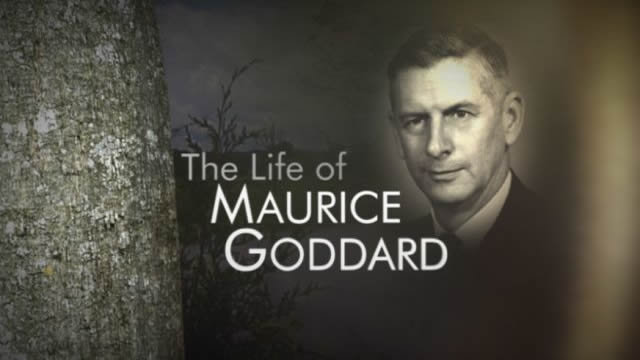
Maurice Goddard
Known for his no-nonsense, blunt style, Maurice K. Goddard served under five Pennsylvania Governor’s as Secretary of Forests and Waters and as the founding Secretary of the Department of Environmental Resources (1955-1979). His legacy as a public servant includes:
- A commitment to professionalism and civil service
- A state park within 25 miles of every Pennsylvanian
- A watershed scale approach to water management
- Dedicated funding for natural resource conservation – the Oil and Gas Fund, Bond Initiative (Project 70 and Project 500).
- A profound influence on national conservation policy
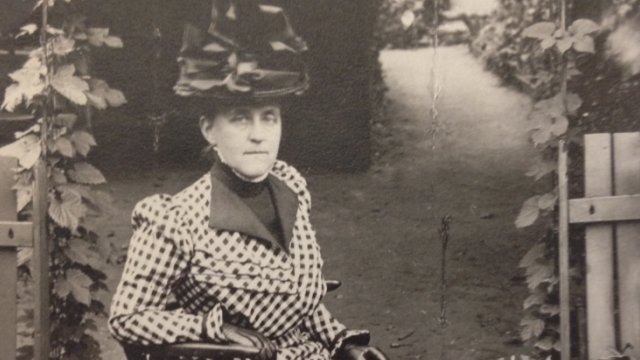
Mira Lloyd Dock
Mira pushed hard for livable, healthy cities with access to parks and playgrounds by all of its residents. Her work resulted in dramatic changes in the way many smaller urban areas in America dealt with sewage, flooding, drinking water, parks, recreation, and general beautification.
At the same time, she raised the awareness of our need to protect and nurture expansive tracts of forests for watershed protection and wild habitat, and helped Pennsylvania develop its national leadership in forestry and forestry education programs
Watch Video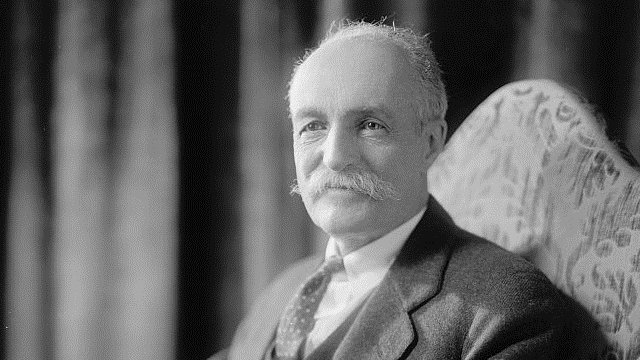
Gifford Pinchot
After a break from politics, Gifford Pinchot was elected for a second time as Governor of Pennsylvania in 1930 as the state and nation were faced with the tremendous unemployment resulting from the Great Depression.
Gifford’s landmark roadbuilding and road paving program not only put thousands of people to work, it helped connect rural farm communities to markets for their goods and services.
He also instituted a massive tree-planting program, hiring men to restore the cut-over timber areas of the state. This experimental program became President Roosevelt’s model for the federal Civilian Conservation Corps.
Watch Video
Ralph Abele
Legislation is passed regularly in the State Assembly, but a state constitutional amendment is rare as it takes a tremendous amount of statewide support from a broad representation of citizens and legislators. Once Ralph’s Joint Legislative Committee had proposed a “Conservation Amendment,” Ralph took it upon himself to build the needed support to get it passed. Working with Senator Franklin Kury and Department of Forests and Waters Secretary Maurice Goddard his tireless efforts resulted in Article 1, Section 27 getting passed by both the House and Senate and approved as a voter referendum. Once on the ballot, Ralph’s efforts to garner public support paid off with a tremendous majority of voters approving it.
Ralph took over the helm of the Pennsylvania Fish Commission in February of 1972. He became known as a very strong advocate of fisheries and all aquatic life, promoting the philosophy of “Resource First” when weighing decisions that would impact the environment. The “Don’t Tread on Me” flag was his symbol of standing up for what is right against those who would further harm Pennsylvania’s environment.
Watch Video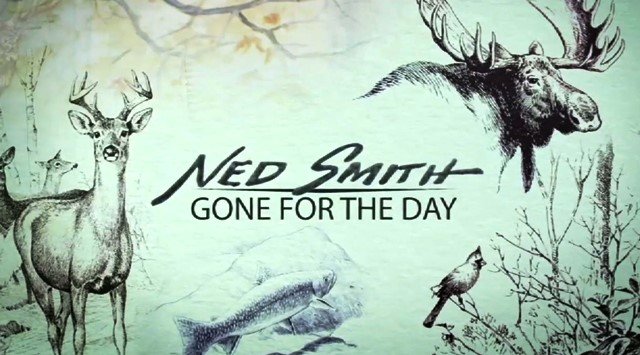
Ned Smith
Self-trained artist, writer and naturalist…Ned Smith is among the premier nature artists of the 20th century. He encouraged his readers to step outside, not just to look but to observe and notice the wondrously small things happening around them in the natural world. In doing so, countless Pennsylvanians fell in love with the outdoors. Over the span of 45 years, Smith created thousands of astonishingly accurate drawings and paintings of wildlife, highlighting the important connection between art and conservation.
Watch Video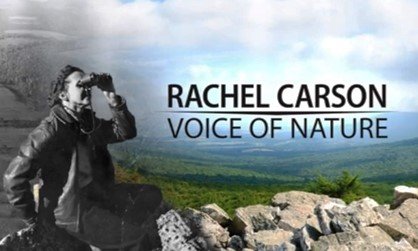
Rachel Carson
Much has been written and said about author and biologist Rachel Carson. This documentary focuses on her connection to Pennsylvania and the impact her work has had on PA environmental and conservation policy. Inspired by a supportive mother, her natural surroundings and the Allegheny River, it was her formative years in Springdale that would shape her passionate environmental ethic.
Watch Video
Justice in Chester
What do you do when your community becomes – literally – the state’s waste dump? If you are the Chester Residents Concerned for Quality Living, you fight and you don’t give up. Watch the story of the campaign against environmental racism and injustice by the CRCQL in the 1990s and understand the power of grassroots efforts to affect positive change.
Watch Video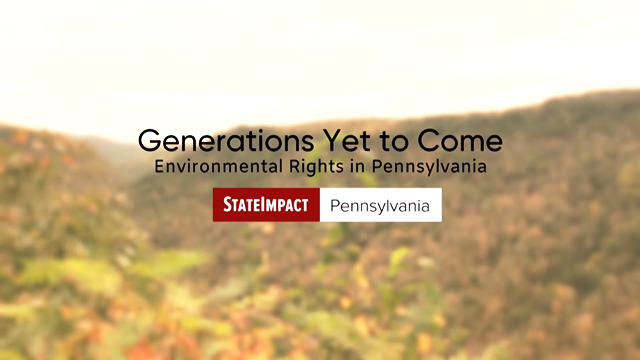
Generations Yet to Come: Environmental Rights in Pennsylvania
Pennsylvania is one of only a few states to recognize environmental quality as a basic civil right—much like the U.S. Constitution protects the right to free speech and freedom of religion. Article 1, Section 27 (known as the environmental rights amendment) was added to Pennsylvania’s constitution in 1971, but its powerful language was ignored for decades.
That’s starting to change. In recent years, state Supreme Court decisions are giving it renewed life. People who once felt bulldozed by energy companies now have a powerful new way to fight back. This has sparked fresh interest, among environmental advocates, in the concept of “environmental constitutionalism”—the idea that getting similar provisions amended into other state constitutions, or the federal constitution, could be the key to reshaping not only policy, but public opinion about how humans relate to the natural world.
This film, part of the StateImpactPA project, examines the ERA and the movement that created, fostered, and renews it.
Watch Video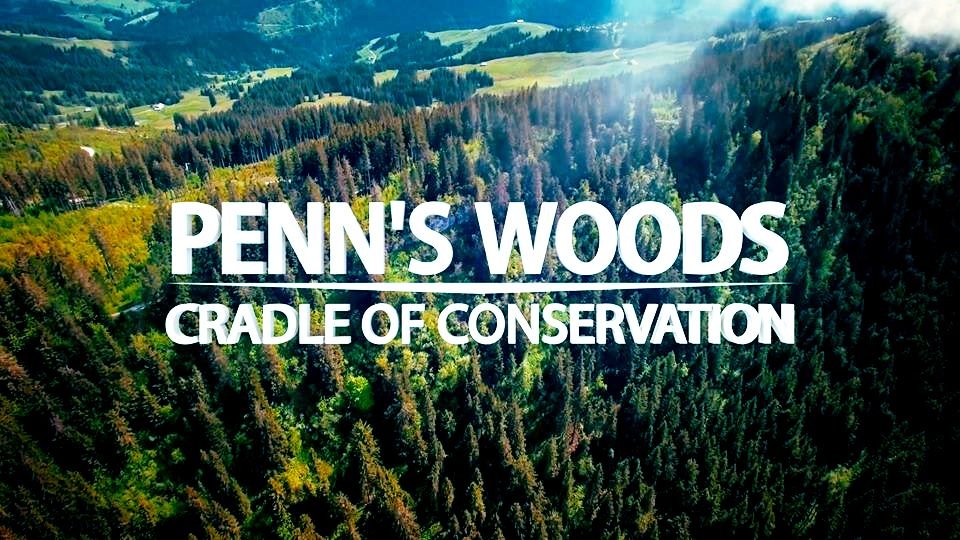
Penn’s Woods: Cradle of Conservation
A historic look at how Pennsylvania’s natural resources helped transform the state into an industrial powerhouse. With economic booms and revolutions in natural resource extraction, came an environmental price. Pennsylvanians set about restoring the state’s environmental riches and in the process helped shape the national conservation and environmental movements of the twentieth century.
Watch Video
LHR Uncovering Our Roots – Bark Shanty Civilian Conservation Corp Camp 2025
Unearthing Bark Shanty: From 1933 to 1942, the Civilian Conservation Corps (CCC) provided young men across the United States with employment, education, and recreation during the depths of the Great Depression. Pennsylvania had the second-highest number of CCC camps in the nation—over half of which were located in what is now the Lumber Heritage Region. These camps played a crucial role in restoring forests and natural landscapes heavily impacted by decades of logging.
However, CCC opportunities were not equitably distributed. The program was segregated by race, and while Black enrollees received the same pay as their white counterparts, they faced significant barriers to leadership and advancement. Most camps for Black enrollees were overseen by white officers, and leadership roles were largely unavailable to them.
One such segregated camp was Bark Shanty, officially designated S-146-PA. The company stationed here was number 2336. In 2025, a team of volunteers—with support from the Pennsylvania Department of Conservation and Natural Resources (DCNR), the Pennsylvania Outdoor Corps, the PA Lumber Museum, the Lumber Heritage Region, and university partners—began archaeological and historical survey work at the site.
That work continues today. It is the hope of the Lumber Heritage Region and all involved that uncovering the story of Bark Shanty will help connect Pennsylvanians and visitors alike to a shared history and heritage—one of hard work, overlooked contributions, and enduring natural beauty.
Video originally posted by Lumber Heritage Region
Watch Video